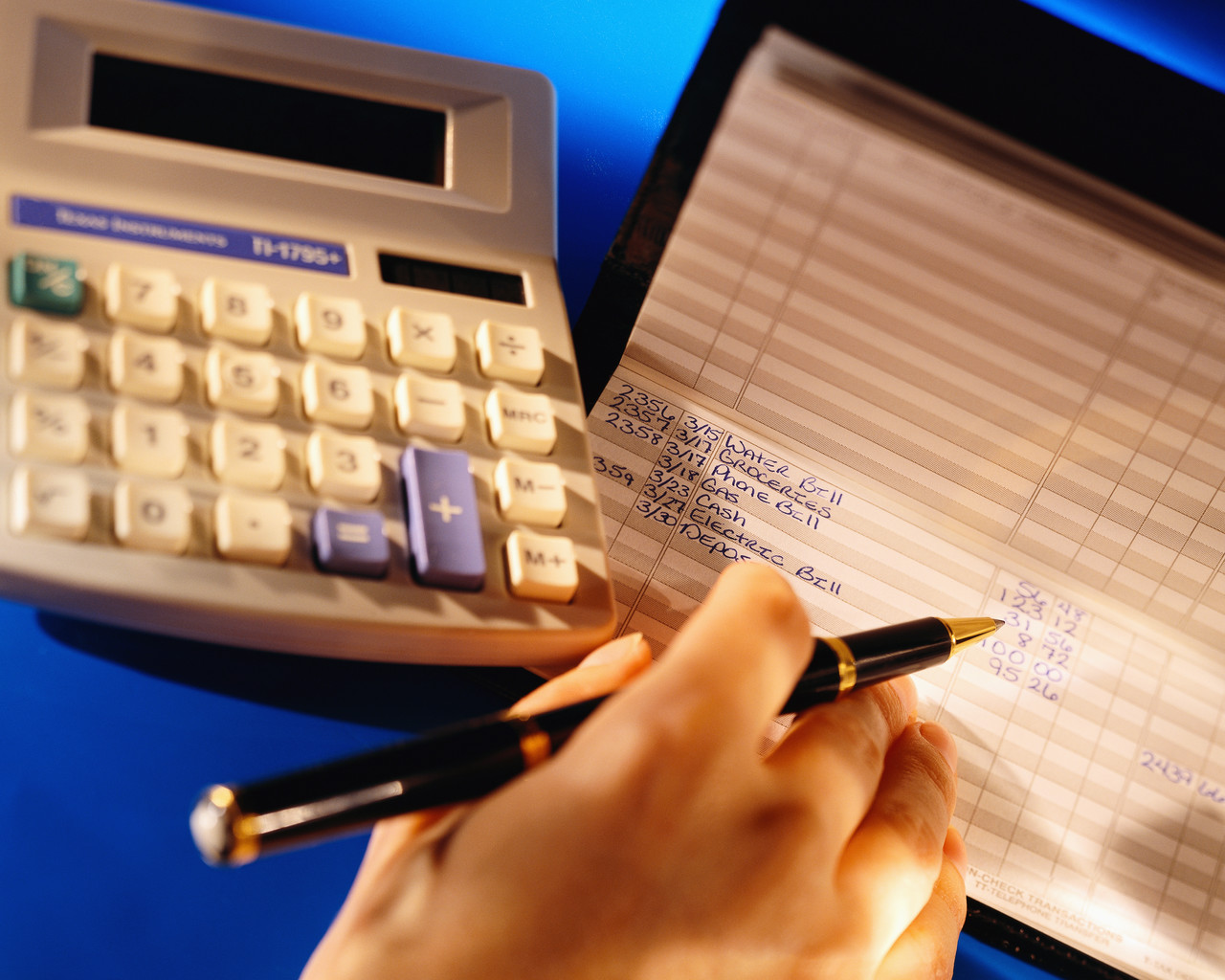
Credit cards allow you to purchase goods on credit and pay for them at a later point in time. If you do not pay the total balance of your purchases by the due date of the bill, the remaining balance is subject to interest charges. While credit cards allow you to stretch out payments, you will pay more over time if you do.
With a debit card, instead of getting a grace period between the time you use your card and the due date (like with a credit card), the payment is immediately taken out of a linked account, which generally is your checking account. If your account lacks sufficient funds to cover your purchase, you may be assessed an overdraft fee by your bank. You may also be required to type in your automatic transfer machine personal identification number (PIN) at the time of the transaction to ensure that you are authorized to use the card. Another feature of the debit card is the "cash back" service, which allows the cardholder to receive cash, in the amount he/she specifies, from a merchant after making a purchase. This money is withdrawn from the same linked account. You can gain more knowledge about debit and credit cards by accessing the resource below.
Debit vs. Credit Card Side-By-Side Comparison
Read this comparison chart to better understand the different features and consumer protections associated with credit and debit cards.



